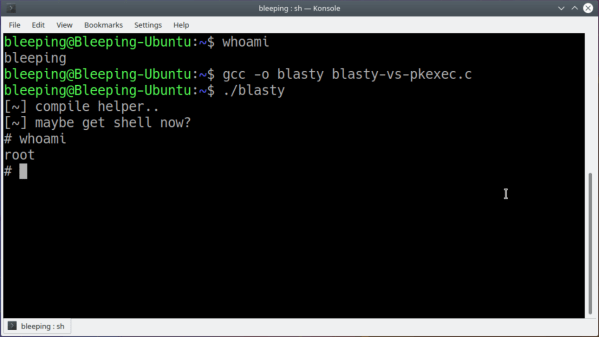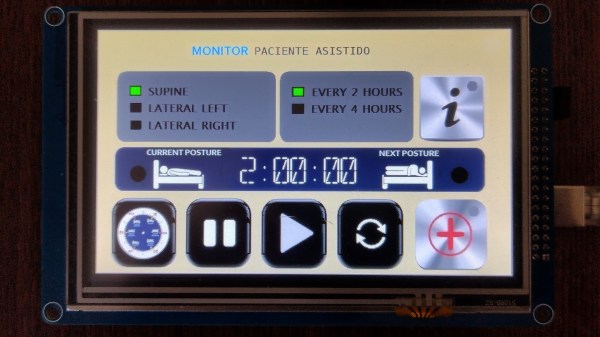The NeXT computer was introduced in 1988, with the high-end machine finding favor with universities and financial institutions during its short time in the marketplace. [Spencer Nelson] came across a keyboard from one of these machines, and with little experience, set about figuring out how it worked.
The keyboard features a type of DIN connector and speaks a non-ADB protocol to the machine, but [Spencer] wanted to get it speaking USB for use with modern computers. First attempts at using pre-baked software found online to get the keyboard working proved to be unreliable. [Spencer] suspected that the code, designed to read 50 microsecond pulses from the keyboard, was miscalibrated.
Some analysis with an oscilloscope and logic analyzer allowed [Spencer] to figure out the keyboard was communicating with pulses ever 52.74 microseconds, corresponding to a frequency of 18.960 kHz, sending two 9-bit messages at a time. Disassembling the keyboard confirmed these findings – inside was a 455 kHz clock, with the keyboard sending a signal every 24 ticks producing the 18.960 kHz output.
Reworking the initial code found online to work with the actual pulse widths coming from the keyboard got everything humming along nicely. Now, [Spencer] has a nice vintage keyboard with excellent feel that reliably works with modern hardware. We’d call that a win.
If you need more of a fix, be sure to dive into Keebin’ with Kristina, a regular column all about our favorite tactile input devices!

















